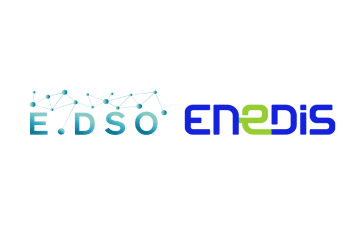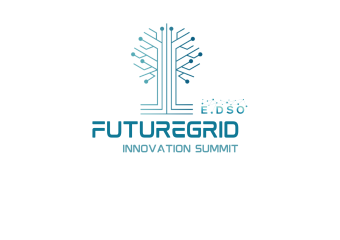Energy prices are on the rise amidst uncertain gas supply. Consumers are left to worry often unaware and without control of their electricity consumption. InterConnect is working on connecting smart home appliances with electricity grids which will allow consumers to manage their mounting energy costs and allow for improving the use of renewable energy sources.
The current energy crisis causes concern among consumers across Europe. Electricity prices have been rising rapidly over the past months and the outlook for a future without Russian gas is causing additional tensions in energy markets. Policies meant to tackle the crisis, like the REPowerEU plan, and the public discourse often tend to focus on the supply side. However, a potential rapid end to gas imports from Russia would foremost affect buildings, which were consuming 35% of EU gas imports, followed by the sector of electricity and heat generation (31%) in 2020.[1] Clearly, rising prices caused by the energy crisis are affecting consumers but what actions could they take to counteract it? What can consumers do to have an impact on their electricity bills? Considering InterConnect, the answer is clear: Smartification – the interconnection of services for intelligent control of equipment in homes.
InterConnect sets out to make homes and buildings communicate with electricity grids of operators, like Enedis, E-REDES or Elektro Ljubljana, intending to improve the energy and cost efficiency of the electricity system. This ambition is being tested in seven different pilots. For instance, in Germany, smart charging times are being tested. Whether it be smartphones or electric vehicles, they do not have to begin charging when plugged in, but rather finish when they are needed. Hence, devices could fully take over the charging process by communicating with the grid after being plugged in to increase energy efficiency. The pilot in Greece takes another approach. It aims to predict energy demand and thereby steer the energy consumption of buildings more efficiently by using data on room temperature and activity, open doors and windows. While it may seem to be about convenience, there are concrete interests behind it. Firstly, energy prices must become cheaper and more stable to prevent energy poverty in the long term. Secondly, energy must become greener to enable carbon-neutral supply amidst international crises and tackle the environmental impact of fossil fuels. So, how is this going to work?
Enabling smart home appliances to respond to signals from grid operators is a major step in the green energy transition which further empowers the consumer. Using multiple electricity consuming devices at the same time or plugging in an electric vehicle increases the electricity demand. The interconnection of homes and buildings could shave such peaks in consumption with a more balanced demand as a result. Signals may also include price incentives to consume in accordance with green energy availabilities. These two aspects are for example tested by the French demonstrator. This is particularly important considering the uncertainties of the current gas supply and the significant dependence of buildings and electricity generation on this source. Interoperability between smart homes, buildings, and grids, therefore, could reduce energy prices.
– Matthieu Rubion, Délégué développement
Several projects within InterConnect aim at making this reality. In France, the Linky smart meter produces real-time information about participating consumers. Those collective self-consumption operations will be able to optimize the local consumers’ electricity bills. This will make it possible to shift consumption, such as heating and charging of electric vehicles, to periods of higher local renewable energy generation. Additionally, a successful rollout of pilots, like those in Germany and Greece, could have an immediate impact on consumers’ electricity bills. Depending on local tariff structures, connected devices could account for bandwidth tariff models or billing periods to balance demand in a cost-efficient way. Both approaches were recently discussed in an E.DSO workshop on future-proof distribution network tariff structures. Therefore, using smart devices paves the way to rely on renewable energy and directly safeguards consumers’ wallets.
The smartification of buildings and homes adds a layer of convenience, perhaps unaware to consumers, but furthermore empowers them to tangibly contribute to the energy transition. Certainly, the interconnectivity between smart homes, buildings and grids combined with usage pattern data is going to impact how we consume electricity. The work done to this end by InterConnect will give more control over rising energy bills to consumers and allow for more efficient use of green energy sources. Hence, the project’s foundations are validated in light of the current energy crisis today. Next, its solutions will pave the way for the decarbonization of our society.
Source of E.DSO/Enedis article on InterConnect website : Tackling rising electricity bills by empowering consumers (interconnectproject.eu)
[1] Sarah Brown (Ember), Domien Vangenechten, Johanna Lehne and Lisa Fischer (E3G), Bram Claeys and Jan Rosenow (RAP) and Marta Lovisolo and Keith Whiriskey (Bellona), 2022: EU can stop Russian gas imports by 2025. Accelerating clean energy avoids fossil lock-in, 5.







